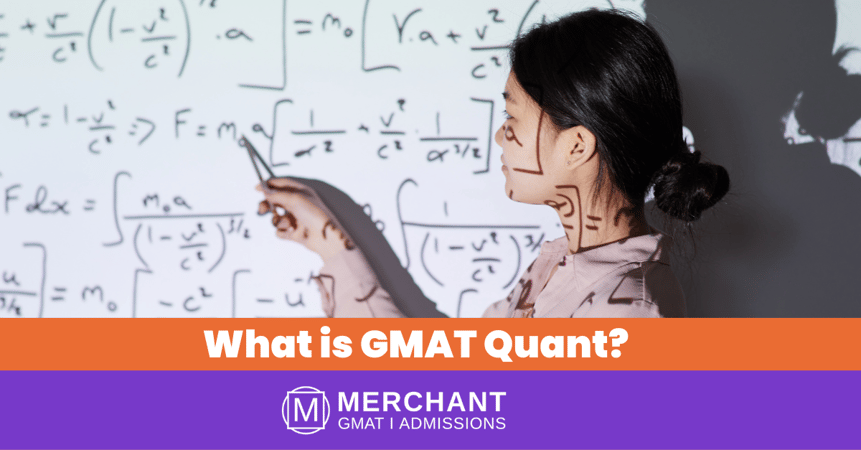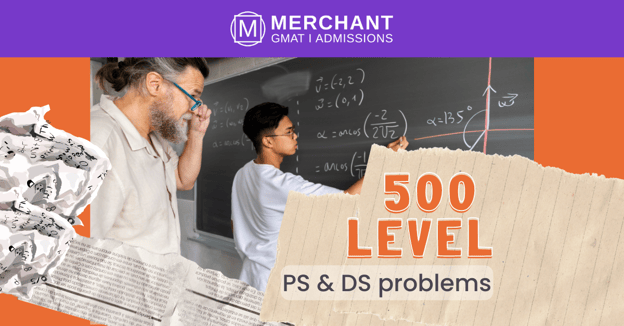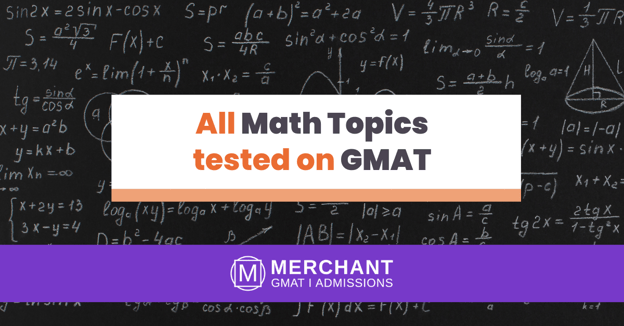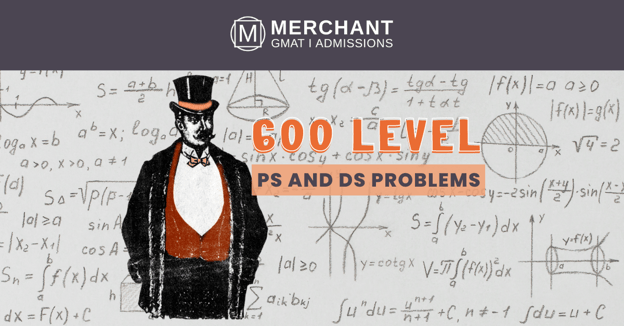What Is the GMAT Quantitative Section and How to Ace It

GMAT, or Graduate Management Admission Test, is a standardized test taken by students who want to pursue a graduate degree in business. The Quantitative Section of the GMAT is designed to test your analytical knowledge of basic math concepts, including arithmetic, algebra, and geometry. The section consists of two question types: Data Sufficiency and Problem Solving. In this blog post, we will discuss what you need to know about the Quantitative Section of the GMAT so that you can ace it!
The GMAT quantitative section is designed to test your ability to analyze data and solve problems
The quantitative section of the GMAT is a critical part of the test, designed to evaluate your ability to think critically and solve problems -- skills that are essential for success in any graduate-level program. The section features a variety of questions on arithmetic, algebra, geometry, and other aspects of mathematics. Additionally, it assesses your ability to analyze data in various ways and infer conclusions from information presented. As such, questions require more than just knowledge; they require an understanding of how to interpret data and apply practical solutions. Studying for the Quantitative section can give you the confidence and tools to excel in graduate school.
There are two types of questions on the GMAT quantitative section: problem solving and data sufficiency
The Quantitative section of the GMAT serves to test your ability to use math and analytical skills in a variety of scenarios. It includes two distinct types of questions, called problem solving and data sufficiency. Problem solving questions require an individual to solve equations using supplied information or even devise their own equation to reach a provided result. Data sufficiency questions, on the other hand, focus less on working out an answer and more on determining if given information is enough to provide an accurate solution. By asking these two different kinds of questions, the examiners can more accurately assess a variety of your quantitative capabilities.
To ace the GMAT quantitative section, you need to be able to master both types of questions
To excel at the Quantitative section of the GMAT, mastering both types of questions—data sufficiency and problem-solving—is essential. The style of both question types may vary from test to test, however having a good understanding of critical fundamentals and techniques will help you approach the exam with confidence. It's important to remember that the vast majority of questions consist primarily of basic math concepts, not advanced calculus or complex thought processes. Thus, to maximize your performance on the GMAT quantitative section, a strong foundation in fundamental mathematics is recommended. So practice makes perfect! With some extra effort and study time, it is possible to transfer into upper level strategies and walk out of your GMAT quantitative article ace status.
For problem solving questions, practice identifying the information given and applying the correct mathematical operations
Problem-solving questions can be tricky, but the right approach is key to success! When confronted with a problem-solving question, the first step is to identify the information given; this includes any equations you may need. Subsequently, you must apply the appropriate mathematical operations based on that data. This process forms the foundation for tackling complex problem-solving questions correctly. Remember, correctly interpreting and applying the given information increases your likelihood for a correct answer!
For data sufficiency questions, practice identifying what information is necessary to solve the problem
Data sufficiency questions can often be one of the most challenging types of questions in tests and exams. To answer these questions accurately requires identifying what information is necessary to solve the problem. The best way to become proficient at this skill is through practice. Try writing out a list of data sufficiency problems with the goal of understanding which pieces of information are relevant and could be used to result in an accurate answer. Also, consider multiple ways of breaking down the problem so as to understand why some data is needed and why other data is unnecessary or irrelevant. With each question answered, try to gain insight into how you can apply methods to identify sufficient data for similar questions in the future. Practicing will increase your ability to quickly observe relevant details and make it easier for you to confidently approach and answer data sufficiency questions.
With enough practice, you will be able to ace the GMAT quantitative section!
Acing the GMAT Quantitative section is a possibility for any determined test taker. With enough practice, anyone can make great improvements in their scores and eventually score well above the average. All that it takes is dedication, discipline and time committed to working on challenging problems and going through practice exams. Those who dedicate themselves to studying will reap the rewards of their hard work by scoring higher than ever before! Taking time for review questions and learning about different strategies for solving various areas of the exam will only add to your success. With effort and practice, you’ll be able to ace the GMAT quantitative section!
Ready to Start?
Fill out the form, and a member of the Merchant Sales Team will be in contact with you shortly to discuss your MBA journey





